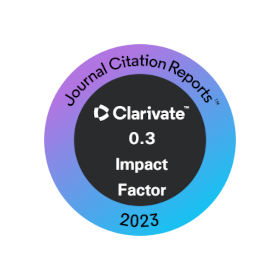SPECTRAL MULTI-ANGULAR PATTERNS OF GLOBAL LAND COVER CLASSES USING POLDER-1 REMOTE SENSOR
Keywords:
BRDF, MUPB, GLC2000, reflectances, G parameter, discriminationAbstract
The use of multi-angular spectral information from remote sensors on space platforms has the potential to discriminate land cover classes and other applications. In this paper the use of the base of POLDER-1 sensor (non-operating) on ADEOS platform, which yielded up to 14 multi-angular measurements of the same pixel is explored. The database was analyzed by fitting a model of the function of bidirectional reflectance distribution (BRDF) in bands centered at 443, 565, 670, 765 and 865 microns, for different types of ground cover, GLC2000 system, and thus analyze the potential of using multi-angular information to discriminate cover classes. The results showed the best adjustments in the bands 765 and 865, followed by the bands 565 and 670 and, finally, the worst adjustments occurred in the 443 band, were adjustment errors can be interpreted by problems associated with atmospheric correction of tropospheric aerosols (greater effects on the visible bands). With BRDF model adjusted using a single parameter (G), their use for discriminating classes of land covers were analyzed, resulting that the band 670, followed by 443, showed the greatest potential, with acceptable accuracy, regarding classification of land cover performance.
















